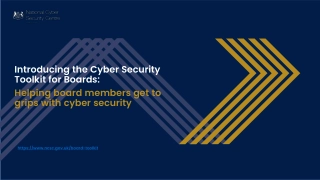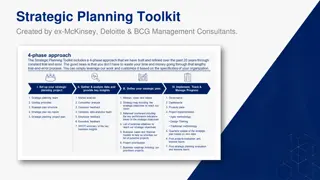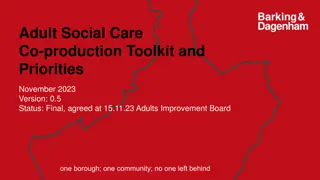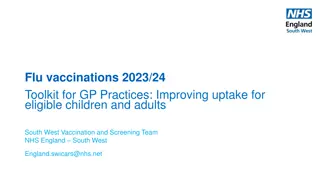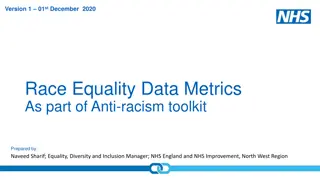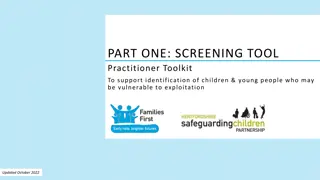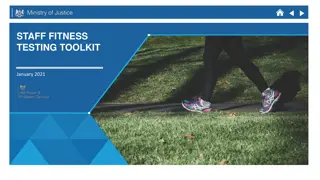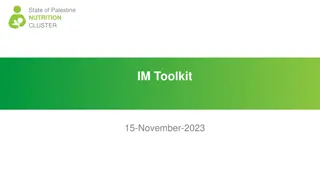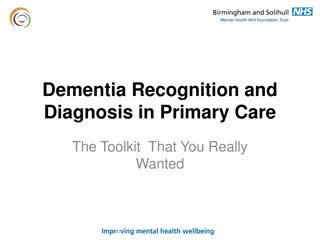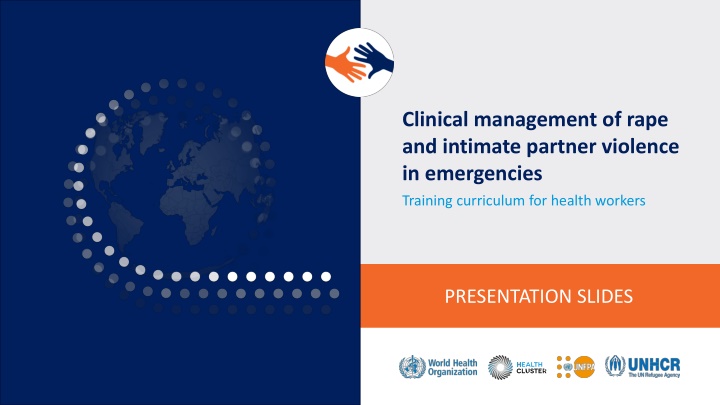
Clinical Management of Rape and Intimate Partner Violence Training Curriculum for Health Workers
Explore a comprehensive training curriculum for health workers on the clinical management of rape and intimate partner violence in emergencies. Sessions cover survivor experiences, behaviors contributing to safe services, debunking myths about gender-based violence, and understanding the complexities survivors face in seeking support.
Download Presentation

Please find below an Image/Link to download the presentation.
The content on the website is provided AS IS for your information and personal use only. It may not be sold, licensed, or shared on other websites without obtaining consent from the author. If you encounter any issues during the download, it is possible that the publisher has removed the file from their server.
You are allowed to download the files provided on this website for personal or commercial use, subject to the condition that they are used lawfully. All files are the property of their respective owners.
The content on the website is provided AS IS for your information and personal use only. It may not be sold, licensed, or shared on other websites without obtaining consent from the author.
E N D
Presentation Transcript
Clinical management of rape and intimate partner violence in emergencies Training curriculum for health workers PRESENTATION SLIDES
Session 2. Increasing awareness and understanding of the survivor experience 2.2
Session objectives Objective 2: Demonstrate behaviours and understand values contributing to safe and supportive services Competencies: Demonstrate awareness of one s own beliefs, assumptions, potential biases and emotional responses, which can affect interactions with survivors Understand the circumstances and the barriers that survivors face in seeking support Recognize the importance of having empathy with survivors 2.3
Exercise 2.1a Myth or fact? GBV can be prevented. The survivor could have done something or behaved differently to stop the violence from occurring. 2.4
Myth or fact? GBV can be prevented. The survivor could have done something or behaved differently to stop the violence from occurring. This is a myth! GBV is inherently rooted in power imbalance Those experiencing violence are never at fault 2.5
Myth or fact? Survivors who choose not to leave a living situation in which they are experiencing GBV don t mind the violence. It can t be that bad. 2.6
Myth or fact? Survivors who choose not to leave a living situation in which they are experiencing GBV don t mind the violence. It can t be that bad. This is a myth! There are many reasons an individual stays in a violent household It may be the safest option for her at that moment in time Long-term domestic or intimate partner violence can be severe 2.7
Myth or fact? Men are naturally violent. Fighting increases sexual urges, and soldiers can t stop themselves from forcing women to fill these needs. 2.8
Myth or fact? Men are naturally violent. Fighting increases sexual urges, and soldiers can t stop themselves from forcing women to fill these needs. This is a myth! Violent tendencies and sexual control are not biologically rooted in genetic sex 2.9
Myth or fact? How GBV responders speak with and talk to survivors makes a difference in short- and long-term recovery as well as the mental health sequelae a survivor may experience. 2.10
Myth or fact? How GBV responders speak with and talk to survivors makes a difference in short- and long-term recovery as well as the mental health sequelae a survivor may experience. This is a fact! The response a survivor gets when disclosing what has happened to them will significantly impact their psychological recovery and will influence whether they continue to seek services and support. 2.11
Exercise 2.1b Vote with your feet Be honest with yourself. Remember that this training is a safe space to reflect on and discuss difficult topics and ideas. It is OK to be somewhere in the middle. Remember our ground rules. Be respectful of other participants points of view. Do not interrupt. 2.12
Learning points Our beliefs and attitudes often reflect the norms and values of the societies we live in. It is important to reflect on these norms and whether they might harm survivors. Your job as a health worker is to provide care and treatment. It is NOT your job to share or preach your values to clients. Changing mindsets takes time. However, it is possible to change our beliefs and attitudes, and it is healthy to examine and adjust them if necessary. 2.13
Exercise 2.2 Blanketed by blame Empathy requires understanding. This exercise helps us witness how responses to a disclosure of violence can impact the survivor s experience and well-being. Observers will be asked to share reflections following the exercise. You will still participate even if you choose not to volunteer for one of the active roles. Please be quiet throughout the exercise. We ll have time to discuss and debrief afterward. 2.14
Session 2: Thats a wrap! By putting ourselves in the shoes of the survivor, we can empathize and better understand their situations. As providers, it is important to reflect on our own values and beliefs and how we may convey these to our patients. It is important NEVER to place any kind of blame on the survivor. Safety is the long-term goal. Disclosing abuse or leaving an abusive partner may not be right for every survivor. Always encourage survivors to look for options in their lives and support them to choose what they believe is right for them. 2.15

